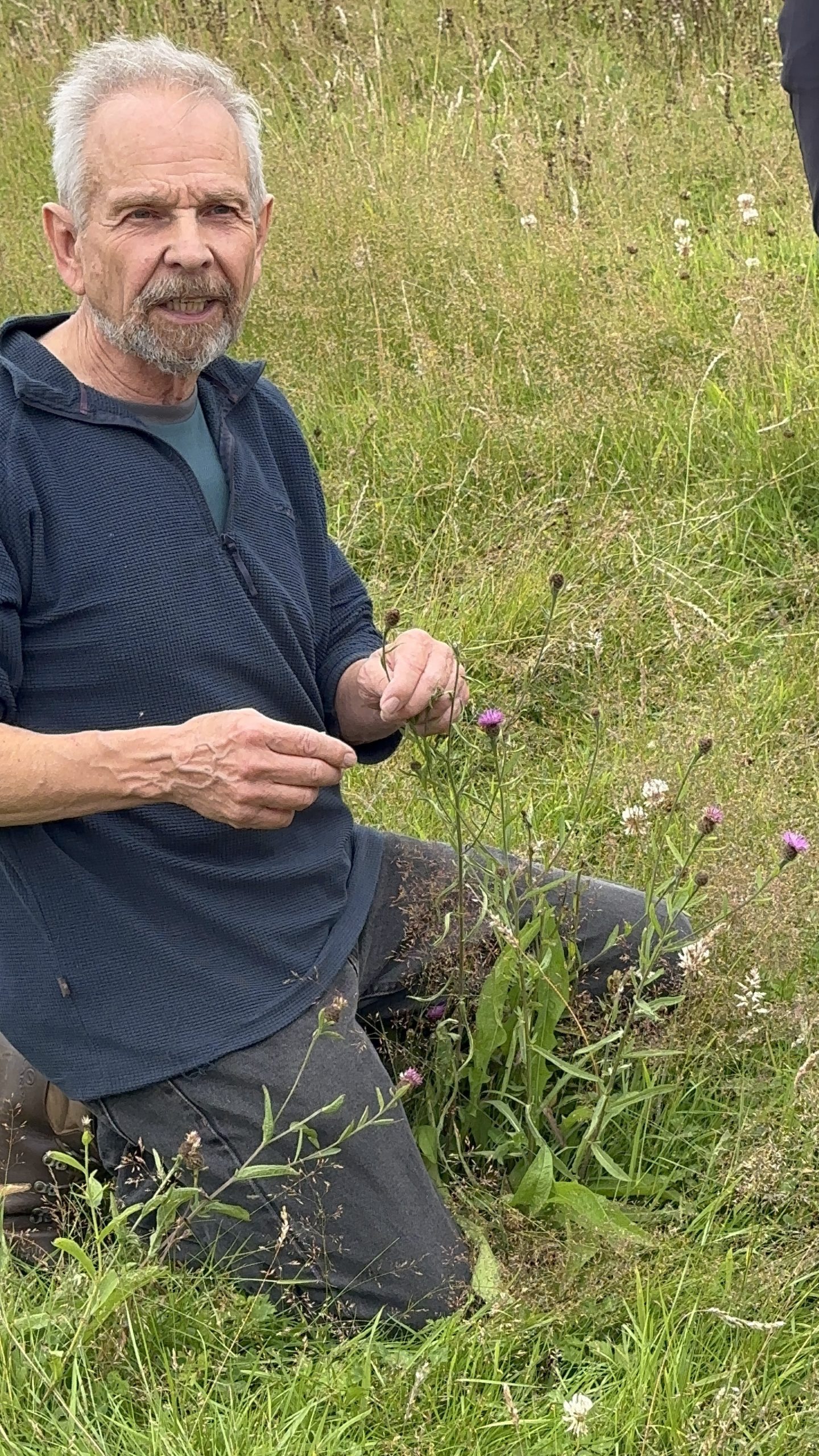Native Willow Species
Meet one of NESBiP’s Big 5, Native Willow Species. There are at least 13 Willow species native to our area, as well as several natural hybrids. Some are common, such as Grey Willow and some are very rare, such as Net-leaved Willow. It is the habitat value of willows that makes them especially important.
We asked local willow champion, John Malster, what he loves about willow and why and how they need our protection. Check out his answers below.
Which are our native willow species, and why are they locally important?
There are at least 13 willow species native to our area, as well as several natural hybrids. Some are common, such as grey willow, and some are very rare, such as net-leaved willow. It is the habitat value of willows that makes them especially important. Many invertebrates depend on these trees for food and shelter and their catkins provide a very valuable nectar source.
What can people do locally to protect native willow species?
Grow and plant them. Be aware of where there are existing trees and let landowners know how important they are. Use NESBReC’s species distribution map as a guide if you aren’t sure of locations.
When is the best time to take action for native willow species?
To take cuttings after the leaves have fallen or collect seeds in the spring.
Your top 3 tips for protecting willow species
- Learn to recognise different willow. Here is a good app for identifying them – Identify Trees With Our Tree ID app – Woodland Trust.
- Plant one in your local area
- Tell other people how important they are.
What is your favourite fact about willow?
Goat willow provides early high quality food for queen bumblebees and birds such as Blue Tits. In fact, over 360 insect species have been recorded feeding on or interacting with goat willow.
Do you have any good examples people could learn from?
Many goat and grey willows have been planted at Greenmyres near Huntly.
Here is our short guide to the native species found in North East Scotland.

Goat Willow

John Malster
Curam Fyvie

